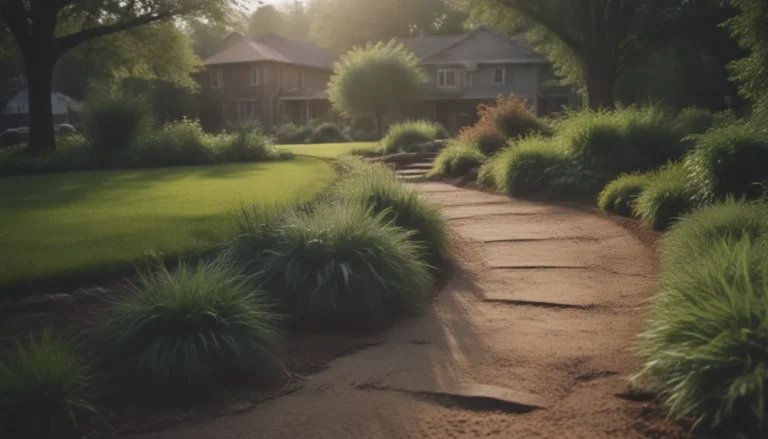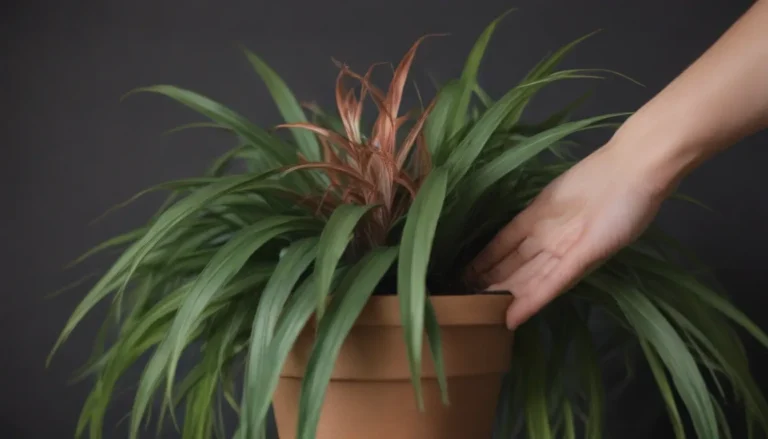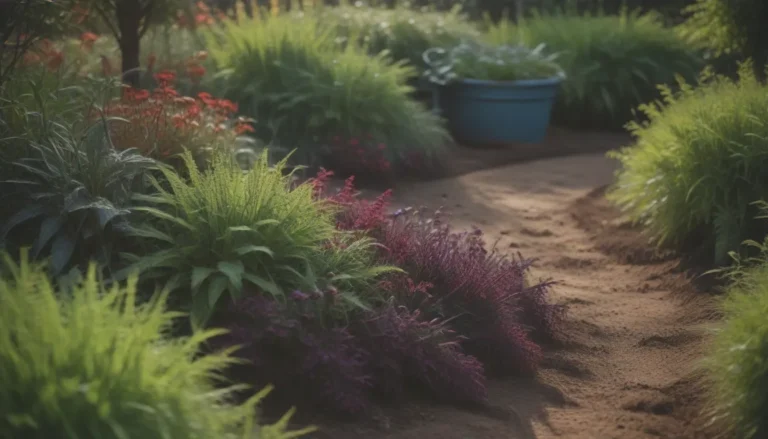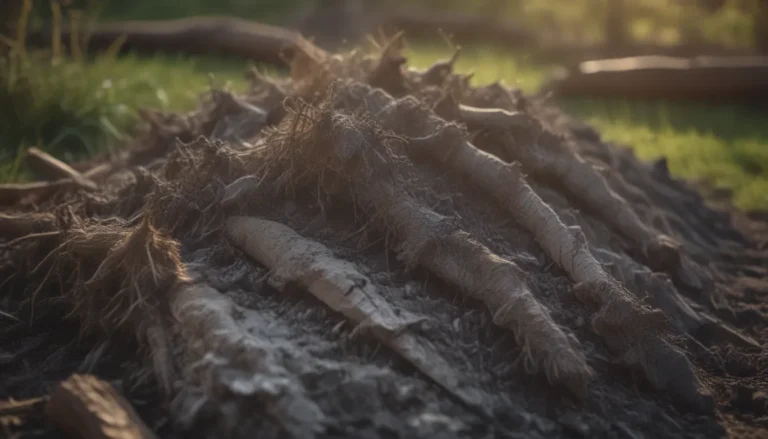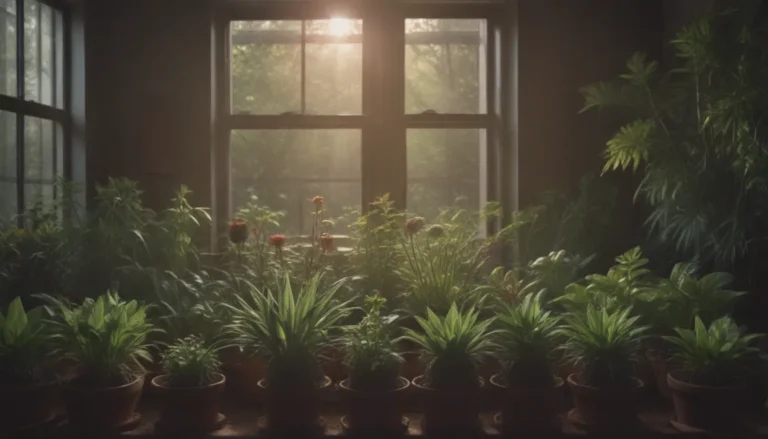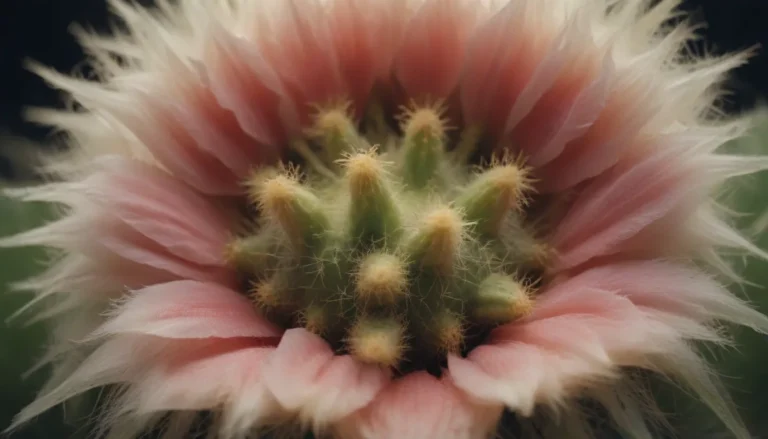A Comprehensive Guide to 21 Palm Tree Varieties You Need to Grow

When you think of palm trees, what comes to mind? Tall, tropical, textural, stately, and lush are all words that can describe these iconic trees. While palm trees are often associated with sunny, warm climates, many species are surprisingly versatile and can thrive in a variety of conditions. In this detailed guide, we will explore 21 different palm tree varieties that you should consider growing in your own yard or indoor space.
Date Palm Tree
The date palm is perhaps one of the most well-known palm tree varieties, famous for its sweet and edible fruits. While young plants can be grown in containers, mature date palms can reach heights of up to 50 feet, so make sure you have enough space in your yard. These drought-tolerant trees require well-drained soil and plenty of sunlight to thrive.
- Hardiness Zones:
- Light:
- Soil Needs:
- Water:
- Mature Size:
Windmill Palm Tree
Contrary to popular belief, the windmill palm is one of the most cold-hardy palm tree varieties and can withstand temperatures as low as 10°F. These compact palms rarely grow taller than 25 feet, making them ideal for small yards or container gardening. Keep an eye out for root rot, as they are susceptible to overwatering.
- Hardiness Zones:
- Light:
- Soil Needs:
- Water:
- Mature Size:
Mexican Fan Palm
Mexican fan palms are fast-growing trees with distinctive fan-shaped fronds that can reach great heights when mature. While they are not as drought-tolerant as some other palm tree species, they are a beautiful addition to large yards. It is important to note that Mexican fan palms are susceptible to fungal diseases and are moderately invasive in certain regions.
- Hardiness Zones:
- Light:
- Soil Needs:
- Water:
- Mature Size:
European Fan Palm Tree
The European fan palm is a low-maintenance palm tree that is perfect for smaller spaces. This cold-hardy species can withstand temperatures as low as 10°F and is known for its striking blue-green to silver-green fronds. It does well both indoors and outdoors, making it a versatile choice for any garden.
- Hardiness Zones:
- Light:
- Soil Needs:
- Water:
- Mature Size:
Queen Palm
The queen palm is a medium-sized palm tree that adds a touch of grace to any large, sunny yard. With its fluffy, feather-like fronds, this drought-tolerant tree is perfect for warm climates. Ensure it receives enough sunlight, and it will thrive in various conditions.
- Hardiness Zones:
- Light:
- Soil Needs:
- Water:
- Mature Size:
Manila Palm
The Manila palm is an adaptable and low-maintenance species that produces clusters of bright red fruit in the fall and winter. While it prefers full sun, it can also tolerate partial shade. Keep in mind that this species is sensitive to freezing temperatures, so it is best suited for warm climates or indoor growing.
- Hardiness Zones:
- Light:
- Soil Needs:
- Water:
- Mature Size:
Robellini Palm
Also known as the pygmy date palm, the Robellini palm is a perfect choice for small yards or container gardening. These palms prefer to be slightly rootbound and are also suitable as houseplants. Regular fertilization based on a soil test is recommended to prevent nutrient deficiencies.
- Hardiness Zones:
- Light:
- Soil Needs:
- Water:
- Mature Size:
Parlor Palm
The compact parlor palm is a popular houseplant for beginners and thrives in warm, sunny climates. This adaptable plant can tolerate lower light conditions than most palms and is considered an air-purifying plant when grown indoors.
- Hardiness Zones:
- Light:
- Soil Needs:
- Water:
- Mature Size:
Cat Palm
The small cat palm is another low-maintenance houseplant known for its elegant, glossy green fronds. While easy to care for, it is important to avoid overly bright conditions and watch out for spider mite infestations.
- Hardiness Zones:
- Light:
- Soil Needs:
- Water:
- Mature Size:
Foxtail Palm
The distinctive bushy fronds of the foxtail palm set it apart from other palm tree varieties. This fast-growing plant is drought-tolerant and can thrive in a wide range of soils. It can also adapt well to both full sun and partial shade, making it a versatile choice for indoor or outdoor growing.
- Hardiness Zones:
- Light:
- Soil Needs:
- Water:
- Mature Size:
Lady Palm
The lady palm is a popular houseplant known for its ability to thrive in low-light conditions and low humidity levels. This clump-forming species adds a tropical touch to any space and is ideal for shady shrub borders.
- Hardiness Zones:
- Light:
- Soil Needs:
- Water:
- Mature Size:
Areca Palm
The elegant Areca palm is characterized by its arching fronds and bamboo-like appearance. This adaptable palm tree thrives indoors or outdoors in warm environments with high humidity levels and indirect light.
- Hardiness Zones:
- Light:
- Soil Needs:
- Water:
- Mature Size:
Ruffled Fan Palm
The ruffled fan palm stands out for its unique and striking circular fronds. This manageable palm tree variety is suitable for small yards and indoor spaces, provided they receive adequate light, warmth, and humidity.
- Hardiness Zones:
- Light:
- Soil Needs:
- Water:
- Mature Size:
California Fan Palm
The California fan palm may be slow-growing, but it can reach considerable heights, making it best suited for large yards. Regular pruning is necessary to maintain this stately tree, as it tends to retain its lower dead leaves, which can become a fire hazard.
- Hardiness Zones:
- Light:
- Soil Needs:
- Water:
- Mature Size:
Chinese Fan Palm
The Chinese fan palm is a slow-growing medium-sized palm tree variety with long-stalked, cascading foliage. As a relatively low-maintenance plant, it thrives in warm environments with ample sunlight.
- Hardiness Zones:
- Light:
- Soil Needs:
- Water:
- Mature Size:
Majesty Palm
The majestic palm, with its long, arching fronds, is often grown as an elegant houseplant due to its tall stature. It requires a delicate balance of light, moisture, and humidity to thrive, making it a challenging plant for inexperienced gardeners.
- Hardiness Zones:
- Light:
- Soil Needs:
- Water:
- Mature Size:
Kentia Palm
Consider the Kentia palm if you are looking for an elegant and adaptable species to grow indoors. This palm thrives in a variety of light and soil conditions and does not require high humidity levels to flourish.
- Hardiness Zones:
- Light:
- Soil Needs:
- Water:
- Mature Size:
Cabbage Palm
The cabbage palm, also known as the state tree of Florida and South Carolina, is salt and wind-tolerant and can withstand temperatures as low as 15°F. If this tall tree is too large for your space, consider the dwarf palmetto as an alternative option.
- Hardiness Zones:
- Light:
- Soil Needs:
- Water:
- Mature Size:
Saw Palmetto
The saw palmetto is a small, slow-growing species ideal for smaller yards in shaded areas. This hardy palm tree can withstand flooding, wind damage, and drought, making it a perfect choice for coastal landscaping.
- Hardiness Zones:
- Light:
- Soil Needs:
- Water:
- Mature Size:
Jelly Palm
The jelly palm is a cold-hardy and adaptable variety that can thrive in most residential landscapes. With its curving and feathery fronds, this palm adds elegance to any garden or indoor space.
- Hardiness Zones:
- Light:
- Soil Needs:
- Water:
- Mature Size:
Bottle Palm
The bottle palm, named for its unique and compact shape, grows best in full sun but can tolerate some shade. This slow-growing palm tree is suitable for warm, humid landscapes and does well in containers or as an indoor plant.
- Hardiness Zones:
- Light:
- Soil Needs:
- Water:
- Mature Size:
In conclusion, there are numerous palm tree varieties to choose from, each with its unique characteristics and requirements. Whether you have a large yard or a small indoor space, there is a palm tree that can thrive in your environment. By selecting the right palm tree variety and providing it with the proper care and conditions, you can enjoy the beauty and elegance of these iconic trees in your own space. So, go ahead and pick your favorite palm tree variety to add a touch of tropical paradise to your surroundings!
